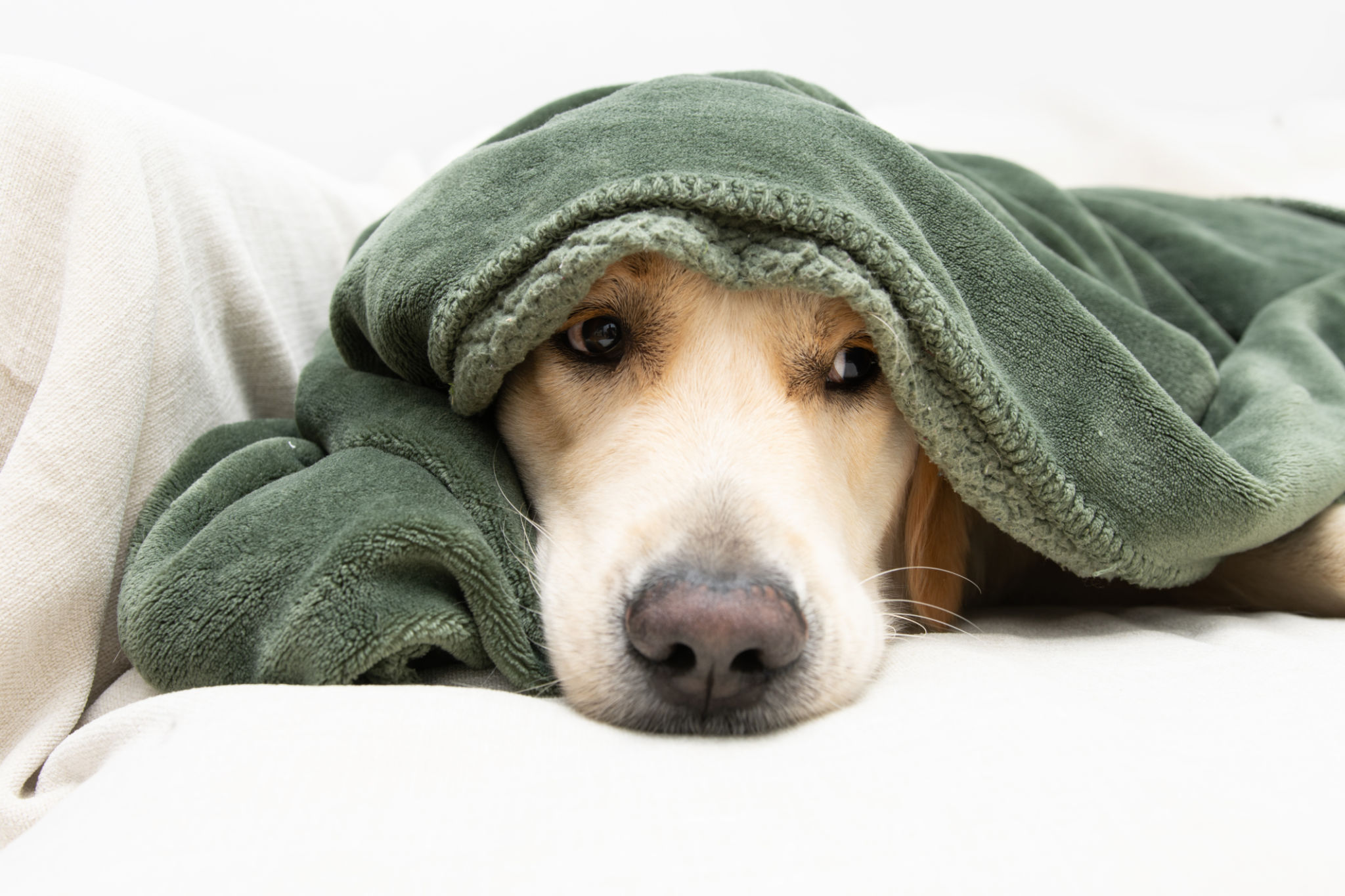Effective Techniques for Training Anxious Dogs
DR
Dog Training for Anxious Dogs: Effective Techniques
Master dog training for anxious dogs with effective techniques. Discover how to build trust, use positive reinforcement, and tailor approaches for calmer, happier pets.

Understanding the root of anxiety in dogs is the cornerstone of effective training. Dogs can exhibit a wide range of anxiety symptoms, from excessive barking to destructive behavior. Recognizing these signs early can prevent the escalation of anxiety-related issues.
Anxiety in dogs can manifest through various behaviors such as trembling, excessive licking, or even aggression. Some dogs may hide away, while others might become overly clingy. Understanding these symptoms helps in identifying anxiety early, allowing for timely intervention.
Dogs can be triggered by a plethora of factors including separation from their owner, loud noises like thunderstorms, or unfamiliar environments. Each dog is unique, and their anxiety may originate from different sources. Identifying these triggers is the first step in developing an effective training plan tailored to your dog's needs.
Genetics can play a significant role in a dog's predisposition to anxiety. Some breeds are naturally more anxious than others. Additionally, past experiences, such as traumatic events, can contribute significantly to a dog's anxiety levels. Understanding these aspects can guide you in crafting a more personalized approach to your dog's training.
Building a strong bond with your dog is essential for effective training, especially with an anxious dog. Trust forms the basis of a healthy relationship and can significantly ease anxiety.
Creating a safe and comfortable environment is essential for training a timid dog. Make sure your home is a sanctuary where your dog feels secure. Provide a designated space with their bed, toys, and a blanket to retreat to whenever they feel overwhelmed. This space should be free from any potential stressors or triggers, ensuring your dog has a place to relax.
Dogs thrive on routine. Establishing a consistent daily schedule for feeding, walks, and playtime can help reduce anxiety by providing your dog with a sense of predictability. Consistency builds trust and makes your dog feel more in control of their environment. When routines are established, it reduces the chances of unexpected events, which can often be a source of stress for anxious dogs.
Every interaction you have with your dog is an opportunity to build trust. Engage in activities that your dog enjoys, ensuring that each encounter is positive. This can include gentle petting, playing games, or simply spending time together. Positive associations will help your dog look forward to interactions, reducing anxiety over time.

Positive reinforcement is a powerful tool in training anxious dogs. It focuses on encouraging desirable behaviors through rewards, making the learning process both effective and enjoyable for your dog.
Positive reinforcement is one of the most effective methods for training anxious dogs. This technique involves rewarding your dog with treats, praise, or playtime whenever they display desired behavior. This approach encourages your dog to repeat those behaviors and builds their confidence over time. Rewards should be immediate and consistent to effectively reinforce the behavior.
When training a timid dog, patience is key. Anxious dogs may take longer to learn new behaviors, so it's important to remain patient and persistent. Celebrate small victories and avoid punishment, as it can increase anxiety and hinder progress. Remember, training is a marathon, not a sprint, and every small step forward is significant.
Understanding what motivates your dog is crucial in positive reinforcement training. Some dogs respond exceptionally well to treats, while others might be more motivated by toys or affection. Tailor your rewards to suit your dog's preferences, making the training process more engaging and effective.
Gradual exposure to anxiety triggers is a strategic method to help your dog overcome their fears. This process should be undertaken carefully to ensure positive outcomes.
Desensitization involves gradually exposing your dog to their anxiety triggers in a controlled and positive manner. Start by introducing the trigger at a low intensity and gradually increase exposure as your dog becomes more comfortable. For example, if your dog is afraid of loud noises, play recordings at a low volume and gradually increase it over time. The key is to maintain a level of exposure that does not overwhelm your dog.
Counter-conditioning is a technique that changes your dog's emotional response to a trigger. Pair the trigger with something positive, like treats or playtime, to create a new, positive association. Over time, this can help reduce your dog's anxiety when faced with the trigger. Repeated positive experiences will gradually change your dog's perception of the trigger.
Throughout the desensitization and counter-conditioning process, it's crucial to monitor your dog's stress levels. If your dog shows signs of stress, reduce the intensity of the trigger and take a step back. Always proceed at a pace that is comfortable for your dog to prevent overwhelming them.
Sometimes, despite your best efforts, professional assistance may be necessary to address your dog's anxiety effectively.
If your dog's anxiety is severe or you're struggling with training, consider seeking help from a professional dog trainer or behaviorist. They can provide tailored advice and support to address your dog's specific needs and challenges. A professional can offer a fresh perspective and suggest techniques you might not have considered.
In some cases, anxiety in dogs may require medical intervention. Consult your veterinarian to rule out any underlying health issues that could be contributing to your dog's anxiety. They may also suggest medications or supplements to help manage your dog's anxiety. Veterinary support can be an essential component of a comprehensive anxiety management plan.
Joining a support group or an online community of dog owners dealing with similar issues can provide valuable insights and encouragement. Sharing experiences and tips with others can offer new strategies and support in managing your dog's anxiety.
Incorporating additional strategies can complement your training efforts and provide holistic support for your anxious dog.
Consider using calming aids like pheromone diffusers, anxiety wraps, or calming collars to help soothe your anxious dog. These products can provide additional support during the training process. They work by creating a calming environment, helping your dog feel more relaxed and secure.
Regular physical exercise and mental stimulation are crucial for reducing anxiety in dogs. Daily walks, playtime, and interactive toys can help keep your dog mentally and physically engaged, reducing stress and anxiety levels. Exercise not only helps to burn off excess energy but also releases endorphins, which have a calming effect on your dog.
Gradual and positive socialization can help your anxious dog become more comfortable around new people and other animals. Introduce your dog to new experiences at their own pace, ensuring each interaction is positive and rewarding. Socialization should be a gentle process, allowing your dog to build confidence and reduce anxiety over time.
Training an anxious dog requires patience, understanding, and consistency. By building a foundation of trust, utilizing positive reinforcement techniques, and gradually exposing your dog to their triggers, you can help your dog overcome anxiety and become a confident, well-behaved companion. Remember, every dog is unique, so tailor your approach to meet your dog's individual needs. With time and dedication, your anxious dog can thrive and enjoy a happier, more relaxed life. The journey may be challenging, but the bond you build with your dog will be rewarding and fulfilling.
Keywords:
anxious dog training, dog training for anxious dogs, training a timid dog
